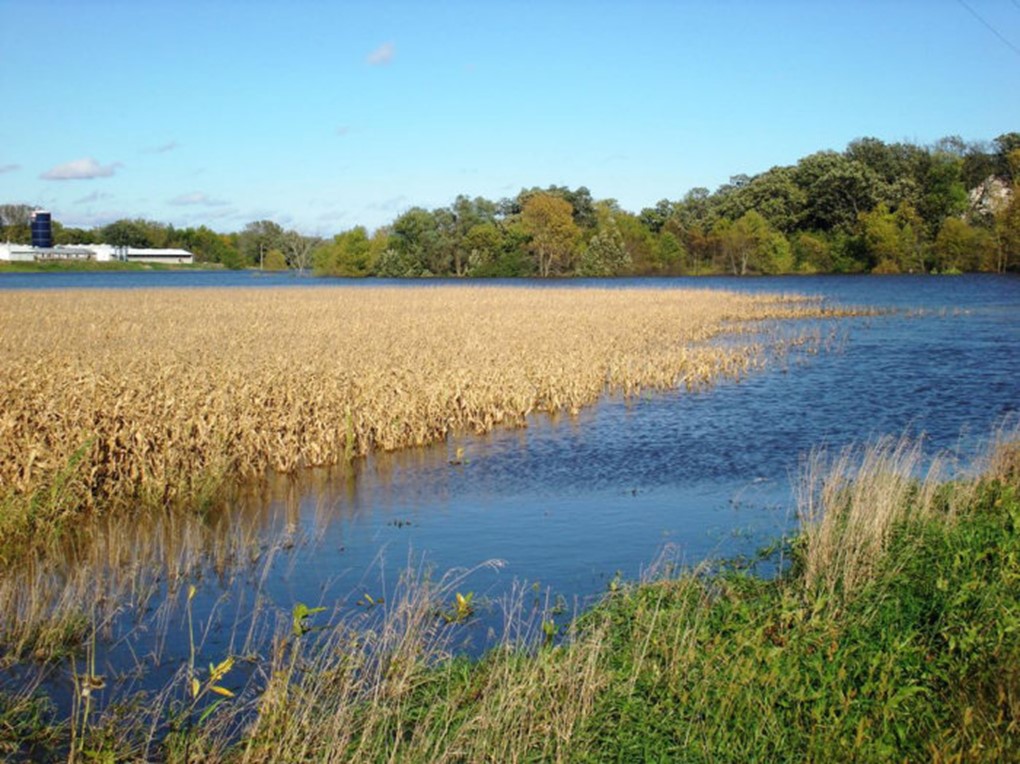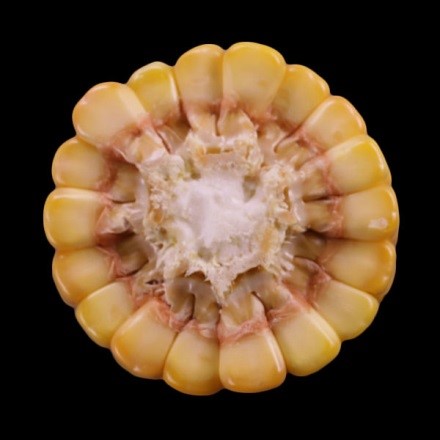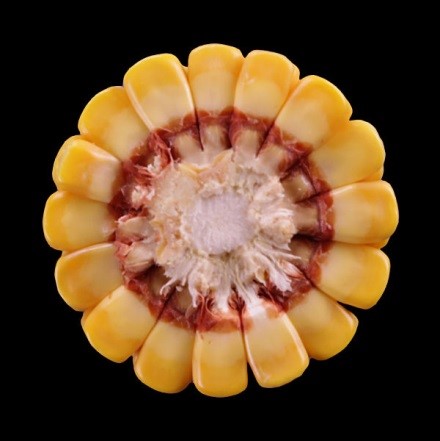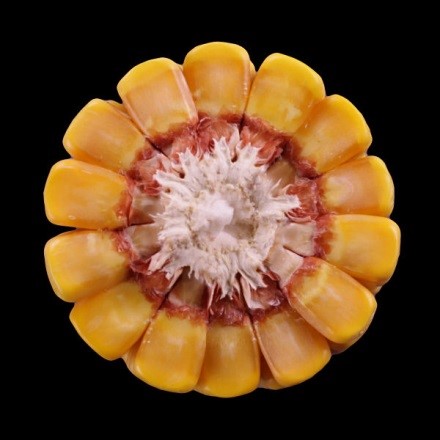Figure 1. Kernel growth stages and approximate grain moisture, GDU’s to maturity (black layer or “no milk line”), and yield losses when photosynthesis ceases due to plant damage.
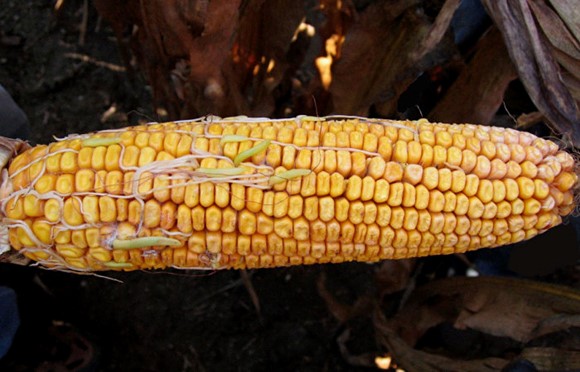
Figure 2. Corn ear with sprouted kernels.
Harvest of Flooded Fields
Scouting fields and scheduling harvest based on crop condition as well as grain moisture are essential in flooded fields. Harvesting some fields early, at grain moistures near 25%, may be necessary to prevent further deterioration of grain quality. On other fields that have retained root, stalk and grain quality, compaction can be prevented by harvesting later, allowing fields to adequately dry.
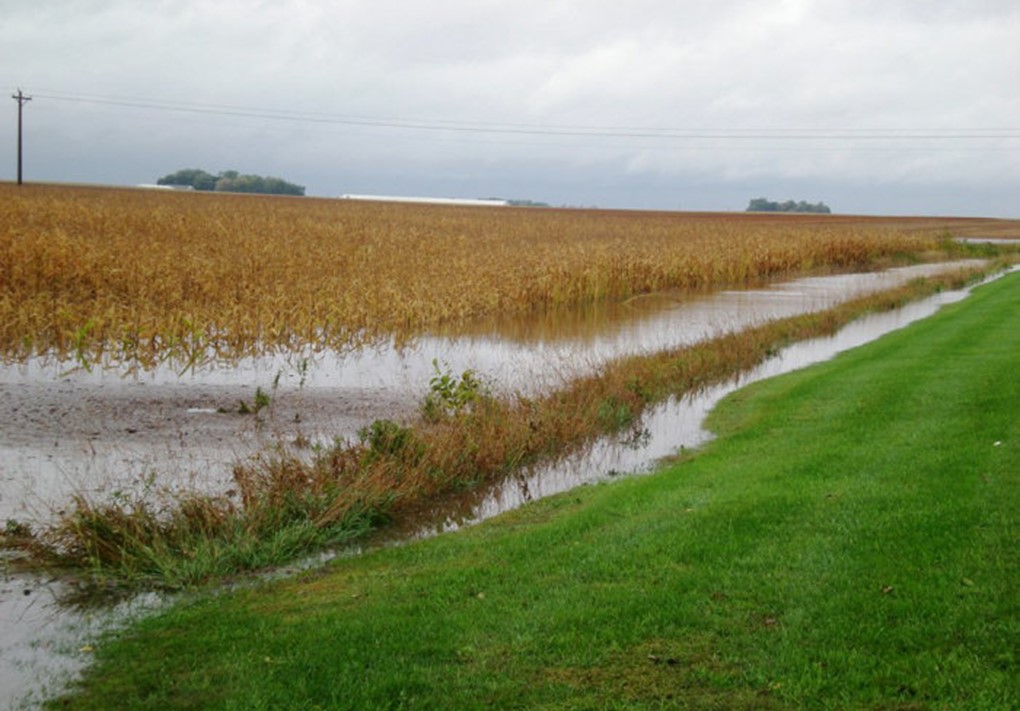
When grain quality is low, adjust combine settings to minimize trash and broken kernels. Check with the combine manufacturer for machine-specific recommendations. (Combine mechanics or other dealership staff are often a good source for this information.)
Drying and Storage of Lower Quality Grain
Proper storing, drying and maintaining grain quality will minimize problems of flood damaged and sprouted grain.
- In badly damaged fields with significant ear rots:
- Begin harvest when grain is at 25% moisture and dry to 15% or lower within 24 to 48 hours.
- Harvest and store grain from these fields separately.
- Test grain for mycotoxins to determine marketing channels.
- Clean bins, areas around bins and all grain handling equipment before putting grain in storage.
- Clean grain going into storage by screening or gravity separator to remove lightweight and broken kernels, foreign material and fines.
- Corn going into long-term storage should be dried to
13% moisture and cooled to 30°F.
- Aerate grain to equalized temperatures throughout the grain mass.
- When using in-bin drying systems, limit grain depth to quickly dry corn.
- Check stored grain regularly and aerate to maintain low moisture and proper temperatures.
- Hot spots need to be eliminated by stirring and cooling or removing grain from the bin.
The foregoing is provided for informational use only. Please contact your Pioneer sales professional for information and suggestions specific to your operation. Product performance is variable and depends on many factors such as moisture and heat stress, soil type, management practices and environmental stress as well as disease and pest pressures. Individual results may vary. Pioneer® brand products are provided subject to the terms and conditions of purchase which are part of the labeling and purchase documents. FF100928 (200811)
September 2010
VOL. 10, NO. 9






